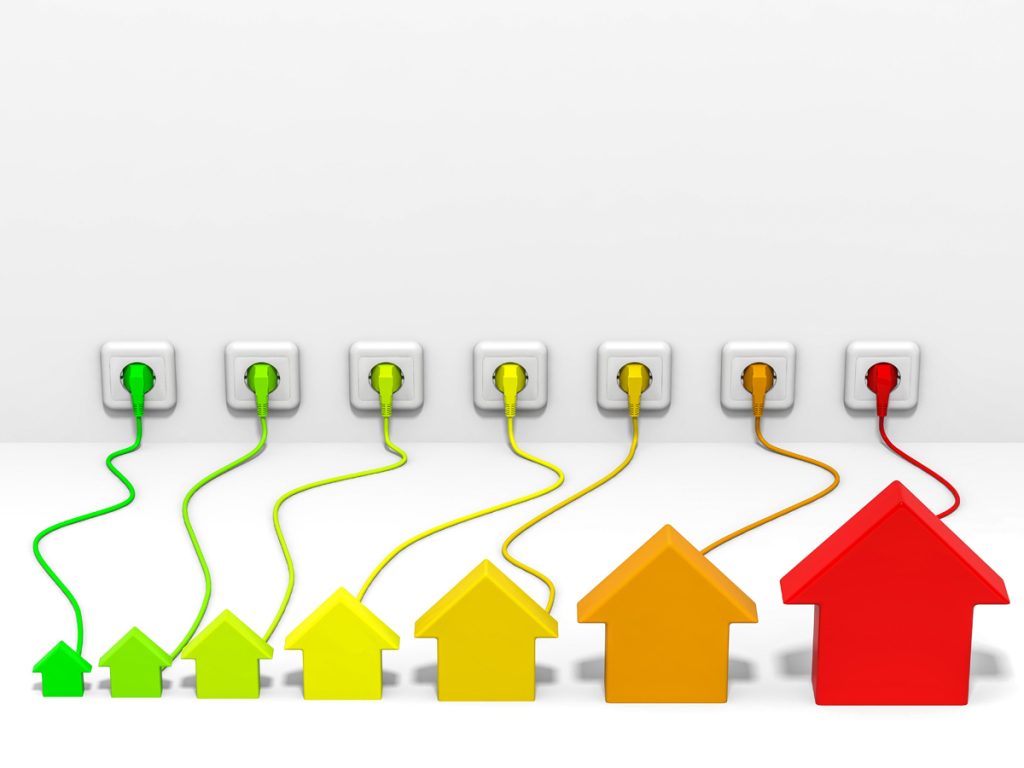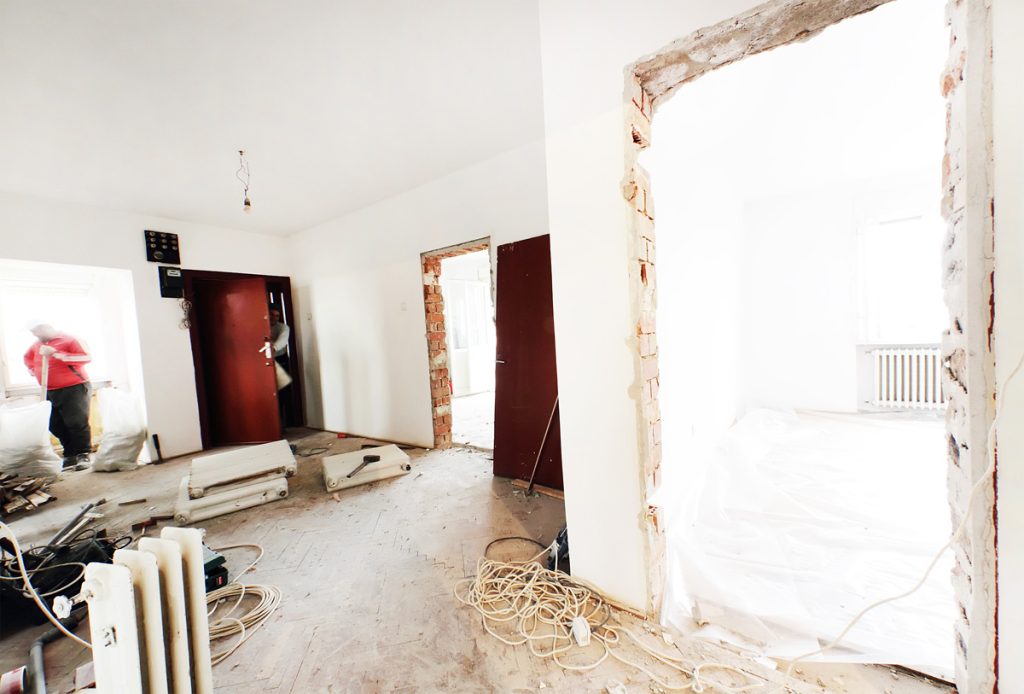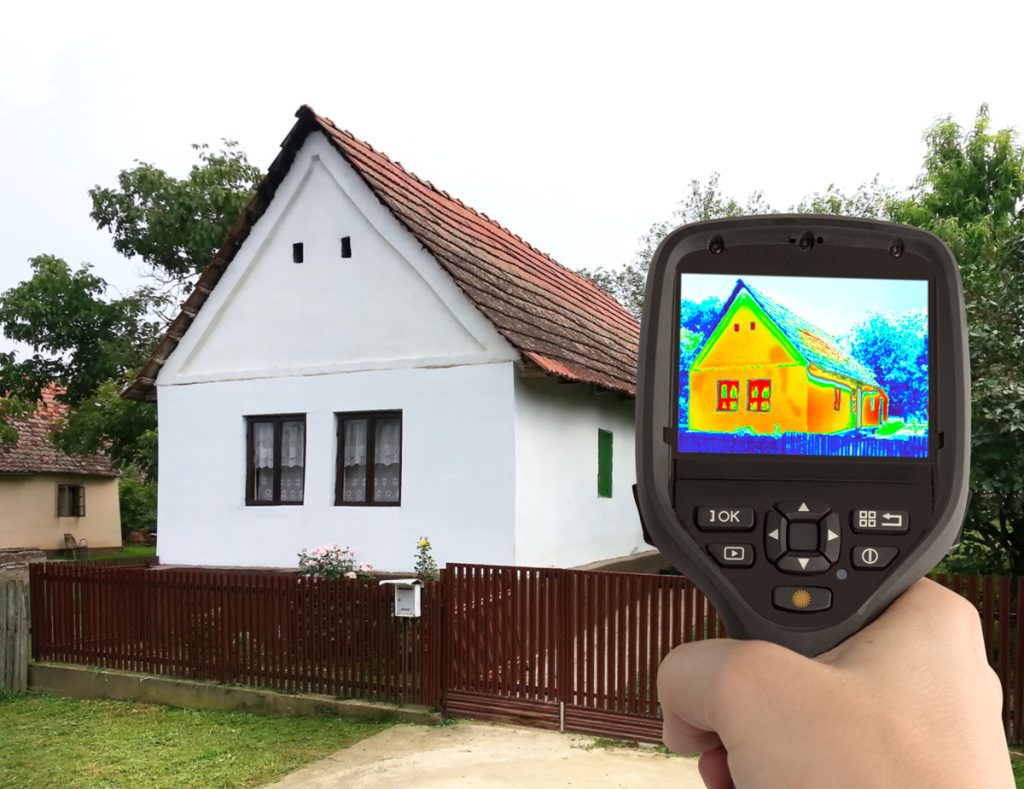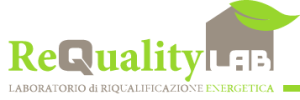Energy requalification
offers great benefits
The best energy
is not consumed.
This is the desire of the European and Italian institutions, which provide substantial incentives for public and private entities.
Energy requalification is the most important innovation for everyone to save the value of our buildings and, at the same time, it represents a concrete way to reduce waste, to use renewable resources and reduce CO2 emissions.
and costs
to cover the entire investment
Saving
The requalification reduces energy costs by up to 80-90%. It's possible to make the building self-sufficient by applying the logic of "NZEB", that means Near Zero Energy Building. The overall savings obtained finance the investment.
Revaluation of the building
After the energy requalification, the building has a new and better energy class, certificated by ReQuality. The requalification includes a deep recovery of the building; in this way, the structure obtains value on the market.
When do you act on it?
It's always useful make the building more efficient.

Who gets the benefits?
The energy redevelopment is convenient for all subjects, public and private, who have high costs and unsatisfactory housing comfort.
It’s important to do a global transformation of systems; in this way, you can obtain clear savings and not occasional improvements in living comfort.
To improve the situation, it’s essential to approach by reducing dispersions and waste, limiting the consumption for thermal energy.
When to intervene?
The requalification is particularly interesting when it invests interventions on facades, roofs, windows, systems.
In this way, requalification means opportunity, which reduces costs and CO2 emissions while respecting the environment.

How to do energy requalification?

If a building has a good insulation, it needs few energy. In fact, a lot of the produced energy is dispersed through windows, facades, roofs, balconies. By increasing the insulation of the structure, there is an evident reduction of demand and consumption.
Today there are thermal coats, insulating materials for roofs, high performance windows which have low costs and are characterized by easy application on existing buildings.
When the building is isolated, it can produce itself the energy needed.
A photovoltaic system on the roof produces energy for electricity, but above all to power high efficiency heat pumps that heat and cool the building according to new needs.
- Thermal insulation
- Efficient systems
- Use of renewable sources
- Energy saving
- Less costs
- Building requalification
- More value of the building
- More comfort
- Attainment of « Near Zero Energy Building »
- Exchange with the customer
The intervention is always tailored to the customer.
